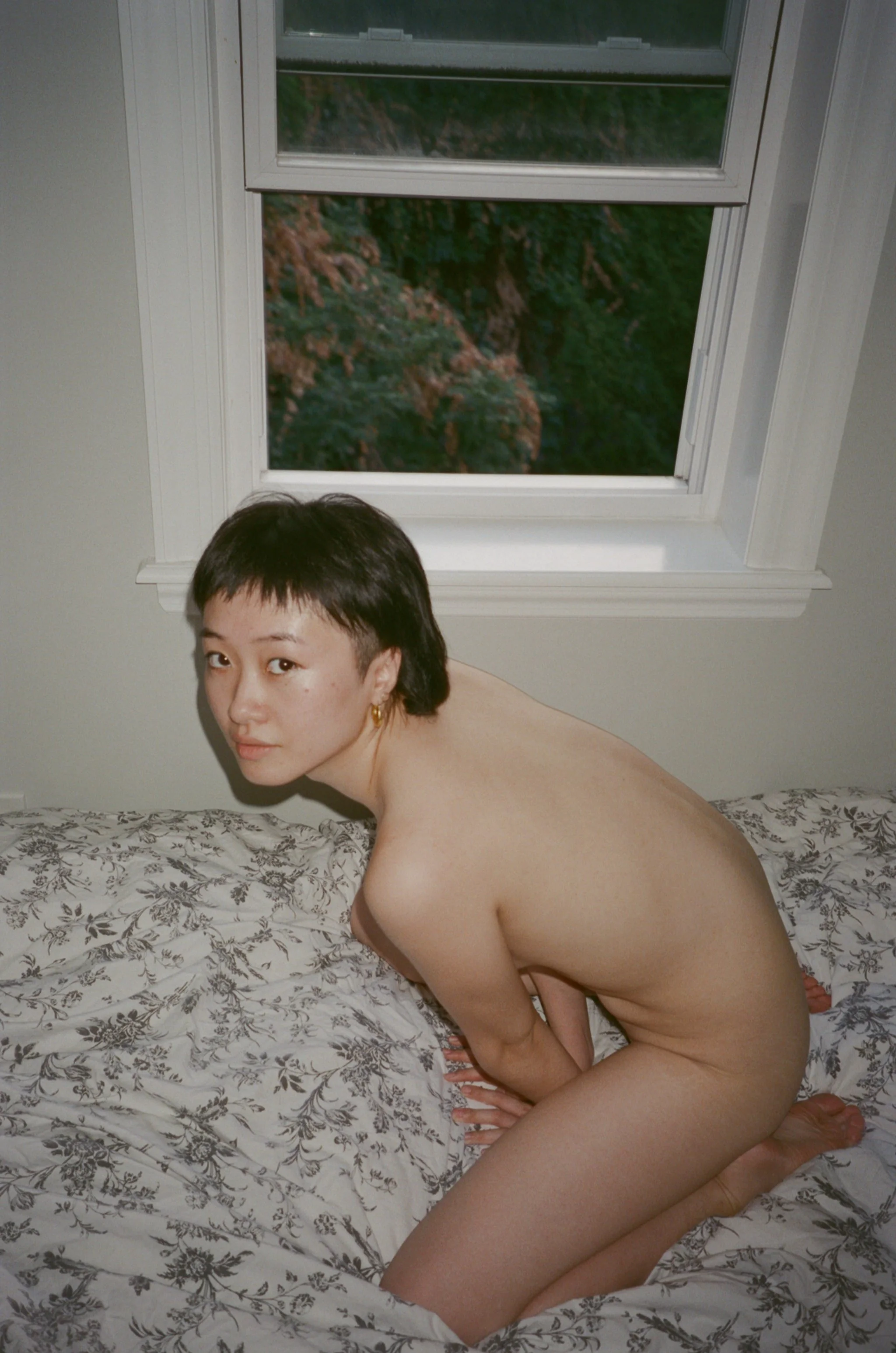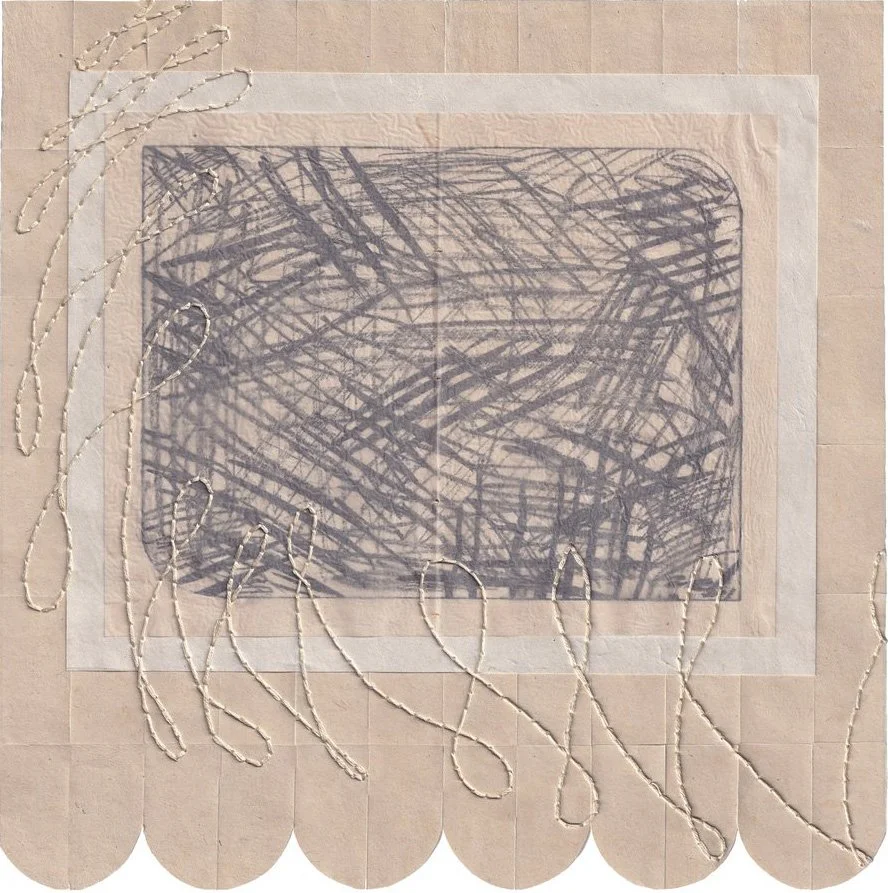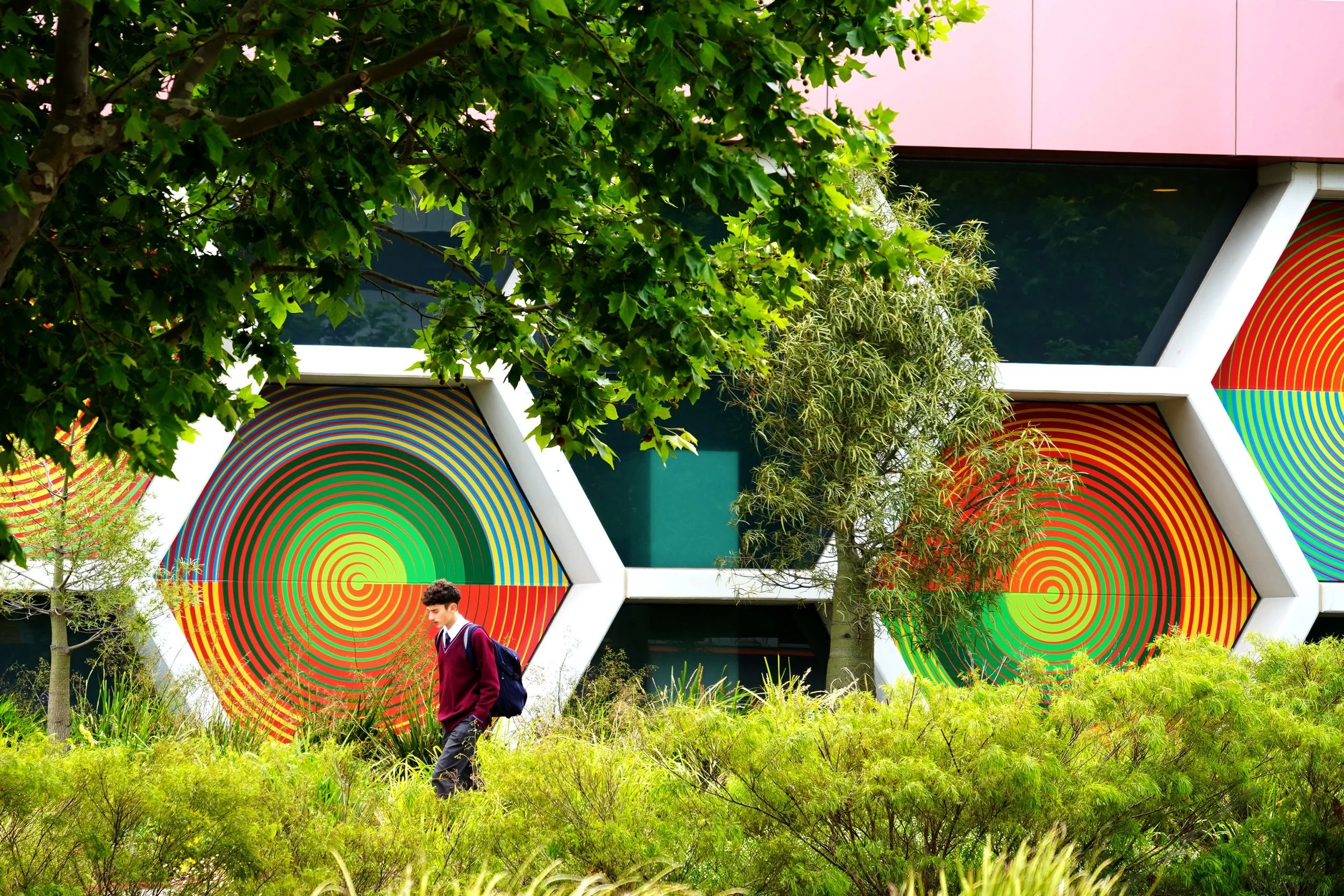10 Questions with Liao Qian
Liao Qian 廖倩 (they/them) is a glass artist based in Brooklyn, NY. They hold a BFA from the Rhode Island School of Design (2021). Their works have been widely exhibited in galleries in Europe, the US, and China, including Boomer Gallery (London), Latitude Gallery(New York), Hoffen Gallery (Shanghai), and Woods Gerry Gallery (Providence, RI). In 2020, they held a solo show titled A Place To Land in Rhode Island and received overwhelmingly positive critical feedback. As a chronic trauma survivor, Chinese non-binary, bilingual & multicultural creative, Joss is devoted to making space and taking space in the form of art. They’ve been awarded several critically acclaimed residencies, including the Steel Yard (Providence, RI) and Vermont Studio Center (Johnson, VT).
Liao Qian - Portrait (photographed by Morrison Gong)
ARTIST STATEMENT
Research-based and material-driven, Joss makes glass sculptures centering on topics of violence, intimacy, and post-trauma survivorship. Inspired by Simone Weil’s writings on rootedness, Joss has been working on a project titled “A Place to Land / 栖⾝之地” —a search for “home” within one’s own body—to investigate trauma through personal memories. Using glass as a sculptural material, they drew a parallel between the qualities of glass and the metaphoric body to represent visceral experiences of violence, intimacy, and penetration. In this project, their research focused on self-annihilation and the core experience of PTSD (post-trauma stress disorder): distortion of time resulting from compulsive revisiting and reliving of a past traumatic event. Works from this project are a living memoir of their healing journey: the loneliness, the desperation, the pain, the struggles, and the hope. They are a survivor’s diary. They’re meant to cherish post-trauma survivorship and make room for mental illness, trauma, and creative healing among the public discourse. As a survivor of domestic violence, socio-political trauma, and sexual assault, Joss aims to inspire shared tenderness and radical vulnerability.
Gentle my darling, hot worked glass, copper, carpet, thread, blood, 40x30 cm, 2020-min © Liao Qian
Get your limited edition copy now
INTERVIEW
You have a complex personality and art practice, where several different elements coexist. How would you define yourself in three words?
honest, passionate, devoted
What helped you become the artist you are today, in terms of personal experiences and studies?
My mom was a housewife when I was a kid in Singapore. The sketchbook she kept was the first thing that introduced me to the beauty and wonders of visual art. She was very artistic and into a lot of things herself, like photography, music, and movies. Back then, we were living paycheck to paycheck, but she would do her best to provide as many resources for me as possible. We went to a lot of free shows and cultural activities in town, and we were constantly shopping at thrift stores and yard sales for used picture books. She also bought me two suitcases of jigsaw puzzles made from impressionism paintings. That experience was definitely the root of my passion and interests today.
In terms of studies, the most valuable thing I gained from my education is my community of artist friends. Through our conversations and friendship, their ideas and practices influenced the way I see contemporary art and shaped my own discernment and taste. I also learned a lot by reading and studying about other artists, especially female artists with singular practices and distinct sources of knowledge, like Louise Bourgeois and Méret Oppenheim.
Clock (detail) © Liao Qian
Clock, kiln worked glass, copper nails, clock mechanism, 10x10x20 cm, 2020 © Liao Qian
In your biography, you define yourself as a "chronic trauma survivor, Chinese non-binary, bilingual & multicultural creative". How do these elements influence your work?
This is who I see myself as. They are the substrate of my practice, the reason why I'm obsessed with the things I'm obsessed with. It's quite hard for me to articulate how these elements influence my work because the way I see it is a bit more organic or inseparable, and there isn't an alternative. Therefore instead of elements that define or shape my work, I see these phrases and definitions more as the viewers' entry points into my world.
Let's talk about your work. Your pieces seem to be, at the same time, extremely fragile but also sharp and dangerous with their spikes and hooks. What are the messages you would like to explore and communicate? And how do these influence the shapes and materials you use in your work?
I wanted to explore violence and the visceral experiences of violation. I wanted to communicate a trauma survivor's experience in a brutally honest way. Glass is the perfect material for this purpose because it possesses multiple seemingly contradicting material qualities. For example, glass is soft and malleable like honey when hot, and super brittle when cold. It can compress, expand, stretch and fold. Using glass, I was able to create works with nuanced emotional effects that are not only about declaring the pain but also uncover the seducing and almost meditating beauties of melancholy. Glass delivers the absence, the loss.
Hang in there (part 1), hot casted glass, meat hooks, 45x10x3 cm, 2020 © Liao Qian
Hang in there (part 2), hot casted glass, meat hooks, 45x10x3 cm, 2020 © Liao Qian
It seems like your personal experiences highly influence your work. How do you work on these experiences, and how do you incorporate them into your work?
A Place to Land took me a long time to prepare before diving into production. I had to make sure I was physically and mentally ready before probing into personal memories and topics with emotional intensities. Psychotherapy (internal family system), meditations, and reflections are the ways I work on these experiences to prepare myself. I would start free writing or doodling, do a little dance around the topic to ease into it, then be patient and wait for the image to emerge.
Trauma is a focal point in your work, both in itself and for the scars it leaves on people that experience it. Do you think your work can help other people heal from their traumas?
I think my work can help open up public conversations on trauma. Survivors and the mentally disabled often have to mask themselves to be socially acceptable enough to survive. My hope is that my works will help alleviate the stigma around emotionally difficult topics, acknowledge the experiences of survivors, and alleviate their pain. I've had many friends and people come to me after they see my works, writings, or interviews and tell me how inspiring it is for them. So I guess, yes? Everyone heals from trauma in different ways, and I think my art heals not in a way that substitutes proper treatment, such as therapy or medication, but in the way art heals.
Another concept we can find in your work is home and rootedness, mainly linked to one's body. Can you tell us more about it?
Yes. I grew up moving a lot from place to place. Every time I moved to a new culture, place, or society, I had to learn the rules and the language, and tailor my identity around the new environment. Being uprooted a couple of times, I've always struggled to feel at home. Both from the diasporic perspective, as in there is no home to return to, and from the post-trauma perspective, as in not feeling at home in my own body. The search for rootedness is a life-long quest and desire to feel safe and seen.
Material Experiment No.64 © Liao Qian
You work primarily with glass sculptures and installations. Is there anything else you would like to experiment with?
Yes, definitely. I work in the form of projects and series, and my choice of material is highly dependent on the concept. Plus, I'm a naturally curious person, and I'm always on my way to learning about new crafts, traditions, and practices. I'm working on paintings and ceramics now for a new series about Chinese mythological goddesses.
Let's talk about the future; what do you hope to accomplish this year, both in terms of career goals and personal life?
I hope to find a place to land with consistency in my studio practice. I hope to follow passion, love, and connections in my personal life. I adopted a bunny recently, and I hope to take very good care of her and make her happy.
Finally, what are you working on right now? Any new projects you would like to share with our readers?
The mythology project I mentioned is centered around the ancient mother goddess ⼥娲 (Nüwa). In tales, she sculpted bodies from clay and blew air into them, which became men. Thus I decided to use clay in this project. She also mended the sky with a stone when the sky was broken, and this is the story of ⼥娲补天. I find her an incredibly inspiring figure for art making and genius metaphor for healing. As for research, I'm diving into the field of comparative mythology and researching the creation of life from clay present in numerous cultures and regions.
























